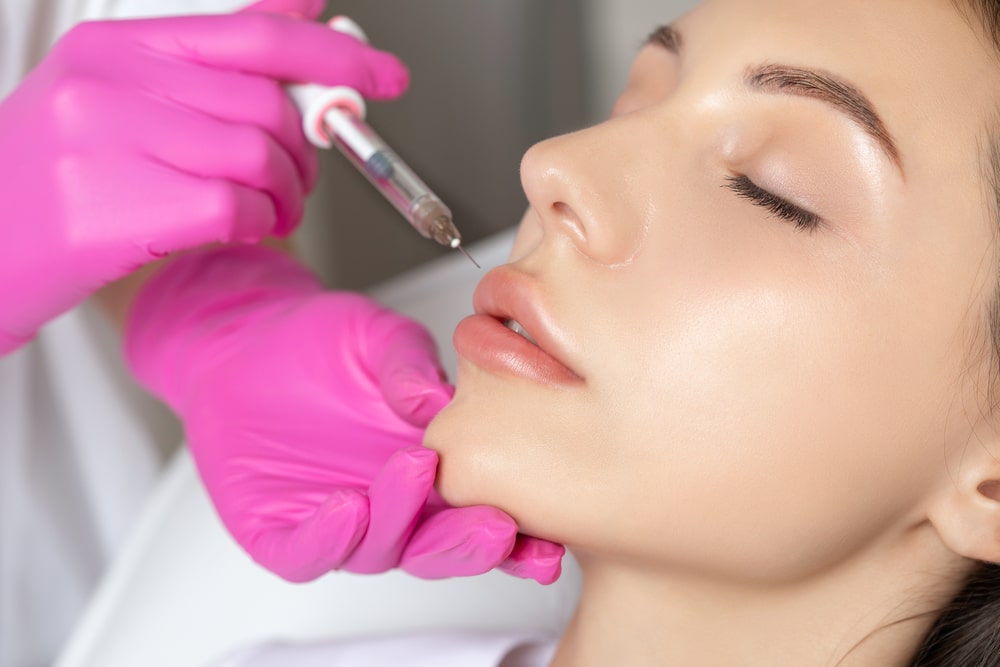Introduction
We mop our floors and vacuum our rugs often to keep our houses clean, but when did we last clean our walls? Keeping your walls clean is just as important as, considering how much you touch them every day. Additionally, painted walls become dull and dirty after a period of time as they accumulate stains, marks, scuffs, and dust. Keeping your walls clean will help keep their recently painted appearance. If you have painted or polished walls, you will need to scrub them with special care. Please read our tips ahead of adding this chore to your, to find out how to avoid removing paint from walls.
For dirtied walls to maintain their proper color and polished appearance, they need to be cleaned frequently. Cleaning your walls twice or three times a year is recommended. You should wash your walls monthly if you smoke, or if you live with a smoker. Because of cigarette smoke, tar, and other debris that builds on the walls, it turns them yellow and gives off a Smokey odor.
What to do if your painted walls are dirty?
The finish of painted walls should be taken into consideration when washing them. For more information, consult the paint finish guide. Glossy or flat finishes determine the effect of scrubbing on the look of the wall. Pour 2 to 3 drops of washing-up liquid into the clean mop bucket and let it sit for about two minutes. The mop bucket should be filled with warm tap water 34 of the way to the top.
Don’t add hot water in order to prevent the cleaning process from being interrupted, and this will strip the paint. Finally, dip a clean rag, cloth, sponge or other item into water.
Walls painted with flat paint: How to clean them?
Paint finishes such as flat, satin, and eggshell have less durability in terms of cleaning. Cleaning flat painted walls should not be done with harsh chemicals or degreasers. If you use a sponge, make sure you are not scrubbing too hard. Before you apply the sponge to the wall, wring it out nearly completely.
Glossy or semi glossy painted walls: How to clean them?
They’re located in high-traffic areas like kitchens and bathrooms because these paints are highly durable. Glossy kitchen back-splashes or vanity doors can be cleaned with a mild degreaser. Taking care of the walls with a soft sponge will help ensure that glossy and semi-gloss paint will not scratch.
Walls painted with latex paint: How to clean them?
Warm water, a nonabrasive all-purpose cleaner, and a nonabrasive latex paint cleaner are the best ways to clean latex paint walls. Wring out a clean sponge after dipping it in the water. Apply a gentle scrub. Be especially careful around doorknobs and light switches, which are frequently touched. Wash with clear water and another sponge. Do not wet any parts of an electrical connection such as a switch, an outlet, or a phone jack. Turn off the circuit breaker box if it is necessary to scrub those spots.
Rub stubborn marks with a nonabrasive pad after mixing baking soda with water, such as fingerprints or newspaper smudges. The best method for removing grime from painted wood is to dampen a rag with rubbing alcohol after using cleaner (or white vinegar and water).

What to do if you have oil-based paint on your walls?
Clean walls painted with oil-based paint using the same method, replacing the cleaner or white vinegar solution with a detergent solution. Squeeze a sponge or piece of cloth until the dampness is barely noticeable. Paint that has a textured finish, such as troweled surfaces, might gather dust and need to be cleaned more thoroughly. Clean the walls by adding one ounce of borax to every pint of water.
Stains on painted walls: How to remove them?
It is important to act promptly when cleaning wall stains. In general, you have a better chance of removing a stain if you can wash it sooner rather than later. It is likely that you already have the best product in your pantry for cleaning walls. To make a paste, combine warm water and baking soda. Gently apply the mixture to the stain. Wipe any remaining residue off with a clean, damp cloth. The gentle abrasive is particularly effective on grease stains on walls.
Read More: How To Remove Fake Nails With Hot Water? Step By Step Guide
Cleaning wall stains with multipurpose cleaner:
A wall stain may not be easily removed. You may need to use more than water in order to solve the problem. You may also use an oil-based paint cleaner. Please adjust the recipe to fit the size and shape of your wall or stain.
- Warm water to one teaspoon. Liquid dish detergent.
- Add 1/4 teaspoon. Liquid dish detergent. Add 1/4 teaspoon.
- After 10 minutes, blot the stain with a clean towel.
Utilize a white lint-free rag or microfiber cloth to prevent color transfer from towels to walls.
Dirty Walls: How to prevent them?
Make sure that your walls remain dust-free to give them a fresh paint look. When preventative maintenance is done, cleaning the walls later requires less time. Besides vacuuming painted walls, soft brush attachments will help keep your walls clean. If you’re using an electrostatic dusting wipe, spray it with a dusting agent or use a cloth-covered broom or mop to wipe them down. As soon as you spot fingerprints or residue from the sticker, wipe them away.
When maintaining painted walls, be sure not to use excessive amounts of water. Make sure that the tools you’re using are clean so as not to transfer any dirt to your walls – resulting in even more work! Make sure the sponge or cloth is completely immersed in water.
What kind of cleanser works best on painted walls?
Use a tiny amount of dishwashing detergent or dye-free hand soap dissolved in warm water. Glossy and semi-glossy coatings can be cleaned with detergents that have a degreasing component, including more potent varieties of dish soap.












